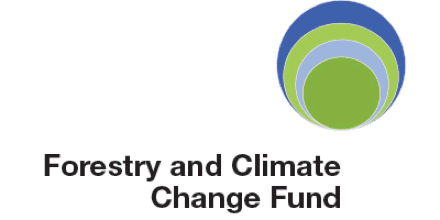Restoring forests to mitigate climate change
Forests contribute to climate change mitigation in important ways. They present a low-cost, nature-based solution for carbon sequestration. Mature forests reach a maximum storage capacity when growth and decay balance out, and the effect on atmospheric carbon becomes neutral. Secondary forests are growing forests and hence store additional carbon in biomass as they grow.
FCCF protects areas of secondary and degraded forest from deforestation for alternative land use and facilitates the absorption and long-term storage of carbon. This potential can be enhanced by strong forest management practices. Further controlled regrowth of secondary forests represents an excellent opportunity to absorb carbon dioxide for the mitigation of climate change.


